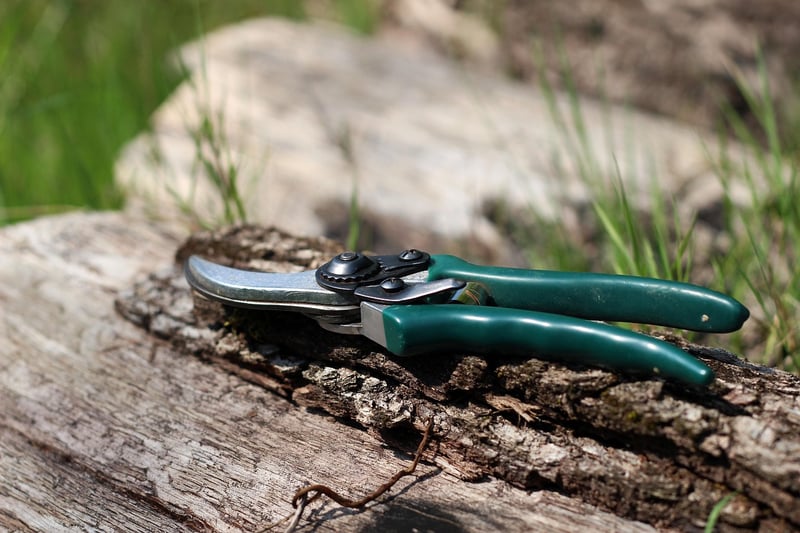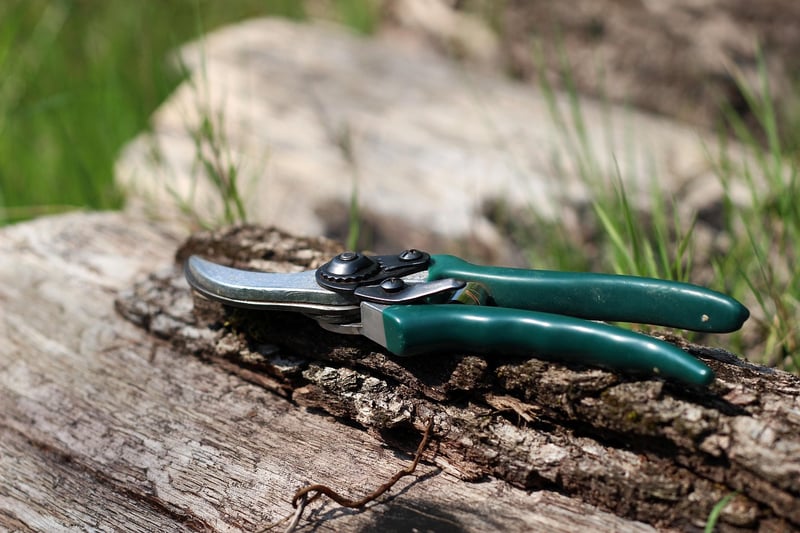Pruning Guide
Keep Your Garden Thriving: A Pruning Guide
Welcome to our comprehensive pruning guide that will help you keep your garden thriving all year round. Proper pruning is essential for the health and beauty of your plants, trees, and shrubs. Whether you're a seasoned gardener or just starting out, understanding the basics of pruning will enable you to maintain a lush and vibrant garden.
Why Pruning is Important
Pruning is the process of selectively removing dead or overgrown branches to improve the overall health, appearance, and productivity of a plant. By pruning regularly, you can stimulate new growth, control the size and shape of your plants, and prevent diseases.
When to Prune
The timing of pruning depends on the type of plant. Generally, it's best to prune flowering shrubs right after they bloom, while winter is an ideal time to prune many deciduous trees. For fruit trees, late winter or early spring is often recommended. Always research the specific needs of your plants before pruning.
Pruning Tips
- Use sharp, clean tools to make precise cuts and prevent damage to the plant.
- Remove dead, diseased, or broken branches first, followed by any crossing or rubbing branches.
- Prune at a 45-degree angle just above a bud or branch junction.
- Step back regularly to assess your progress and ensure you're maintaining the plant's natural shape.
Common Mistakes to Avoid
When pruning, it's important to avoid these common mistakes:
- Over-pruning, which can stress the plant and inhibit growth.
- Pruning at the wrong time of year, which can reduce flowering or fruit production.
- Leaving ragged cuts that are prone to disease.
Conclusion
Pruning is an essential skill for any gardener looking to maintain a healthy and flourishing garden. By following the tips and guidelines in this pruning guide, you'll be well-equipped to keep your plants in top condition throughout the year.

Remember, each plant is unique, so be sure to research the specific pruning requirements for your garden's individual species. Happy pruning!
